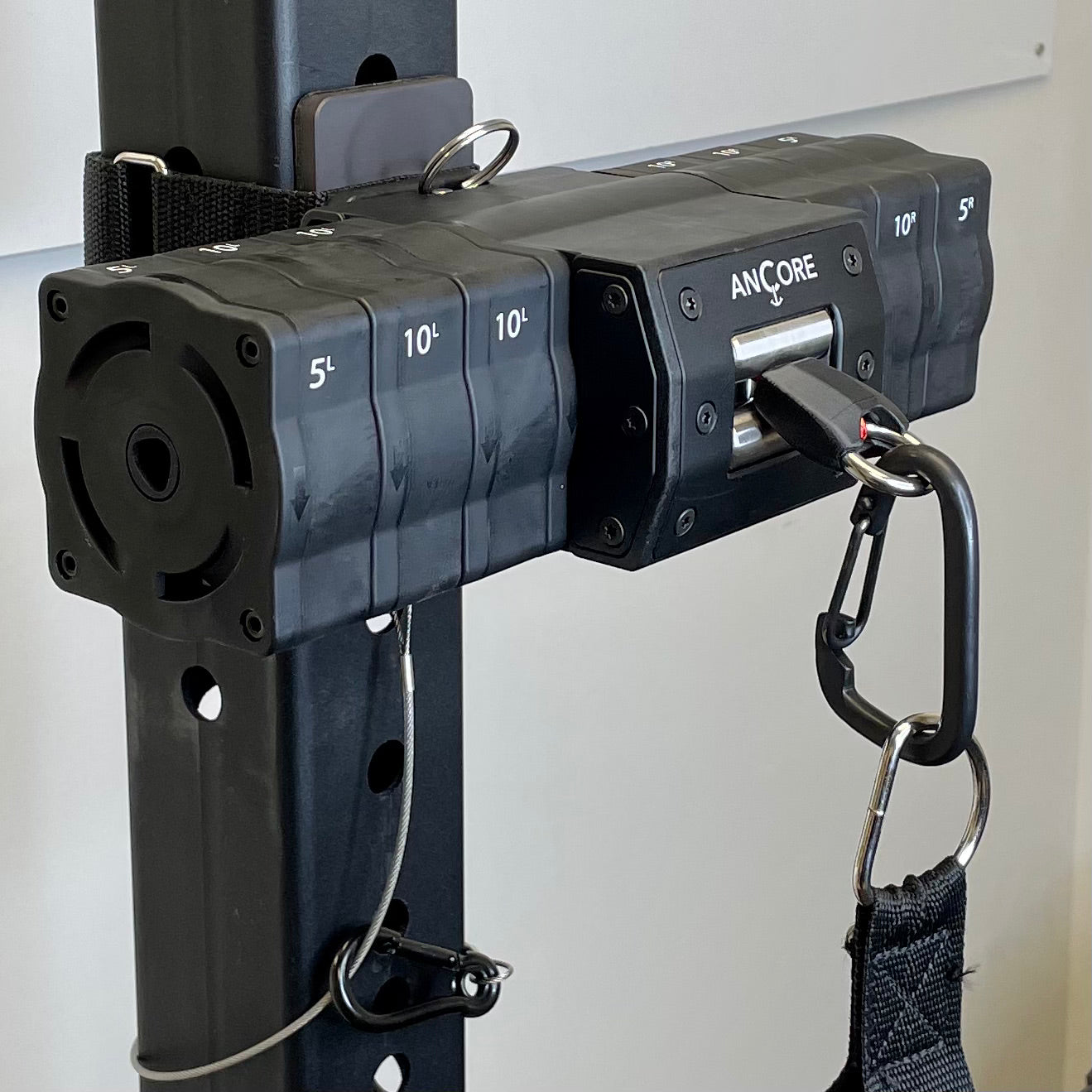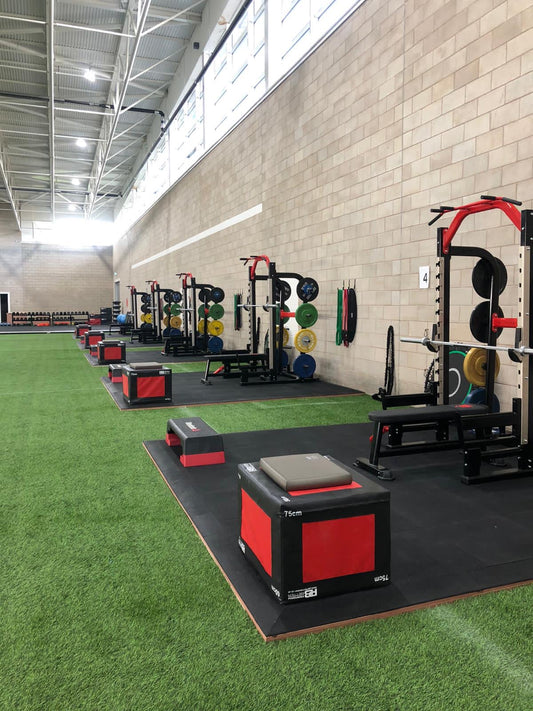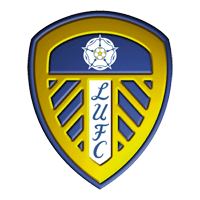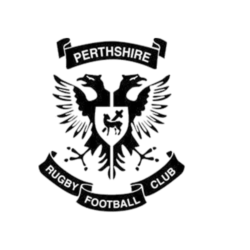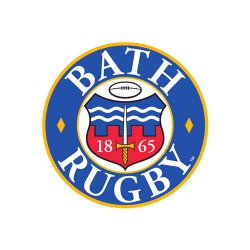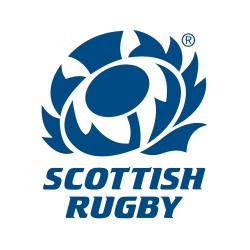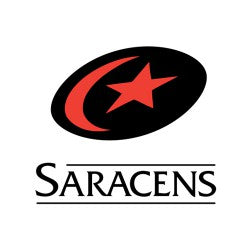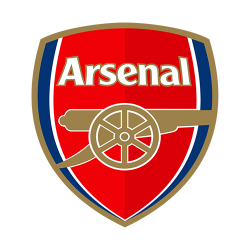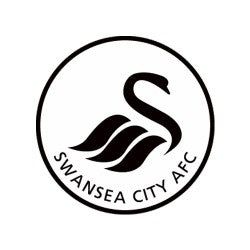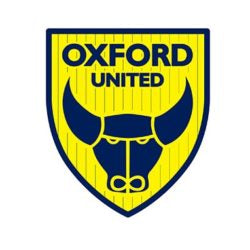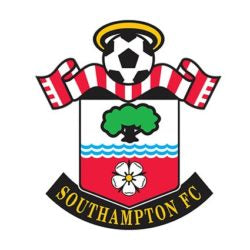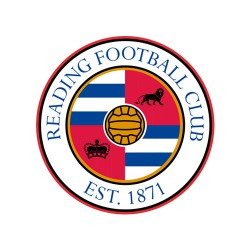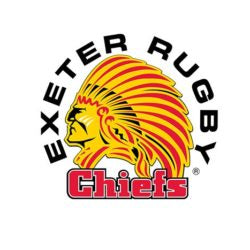Hulin B, Gabbett T, Kearney S, Corvo A. Physical demands of match-play in successful and less-successful elite rugby league teams. International Journal of Sports Physiology and Performance. 2014.
Abstract
Purpose:
This study: (1) quantified activity profiles in approximately 5-minute periods to determine if the intensity of rugby league match-play changes following the most intense period of play, and (2) examined if the intensity of activity during predefined periods of match-play differed between successful and less-successful teams playing at an elite standard.
Methods:
Movement was recorded using a minimaxX global positioning system (GPS) unit (Catapult Innovations, Melbourne, Australia) sampling at 10 Hz during 25 rugby league matches, equating to 200 GPS files. Data for each half of match-play were separated into 8 equal periods. These periods represented: (1) the most intense phase of match-play (peak period), (2) the period following the most intense phase of match-play (subsequent period), and (3) the average demands of all other periods within a match (mean period). Two rugby league teams were consequently split into a ‘high-success’ or ‘low-success’ group based on success rates during the season.
Results:
Compared with their less-successful counterparts, adjustables, and hit-up forwards from the high-success team covered less total distance (P<0.01), less high-intensity running distance (P<0.01), and were involved in a greater number of collisions (P<0.01) during the mean period of match-play.
Conclusions:
Although a greater number of collisions during match-play is linked with a greater rate of
success, greater amounts of high-intensity running and total distance are not related to
competitive success in elite rugby league. These results therefore suggest that above all technical and tactical differences, rather than activity profiles, may be the distinguishing factor between successful and less successful rugby league teams.
To read the full article click here.
Check out our RECOVERY OFFER
